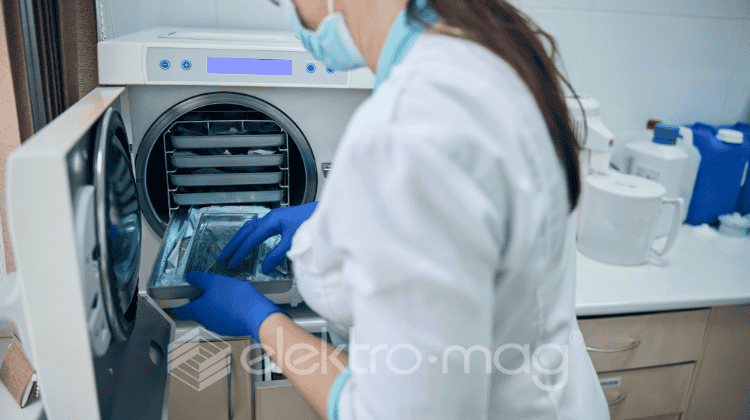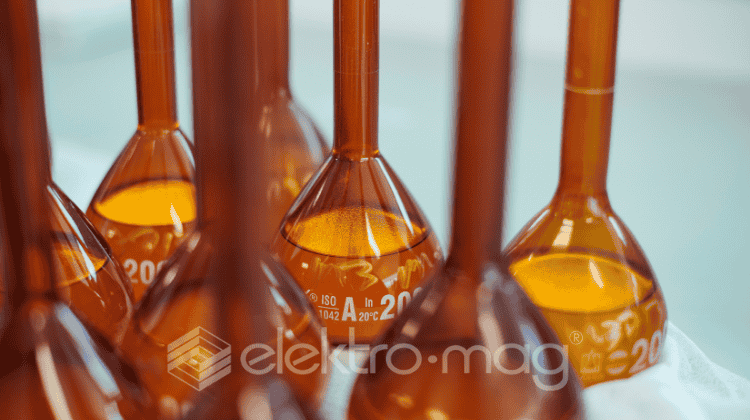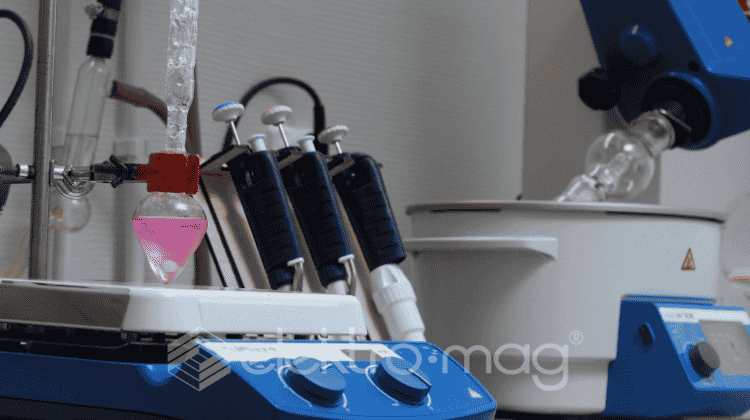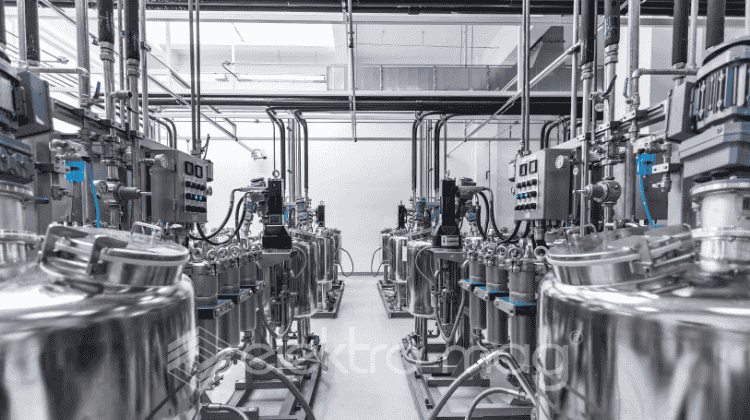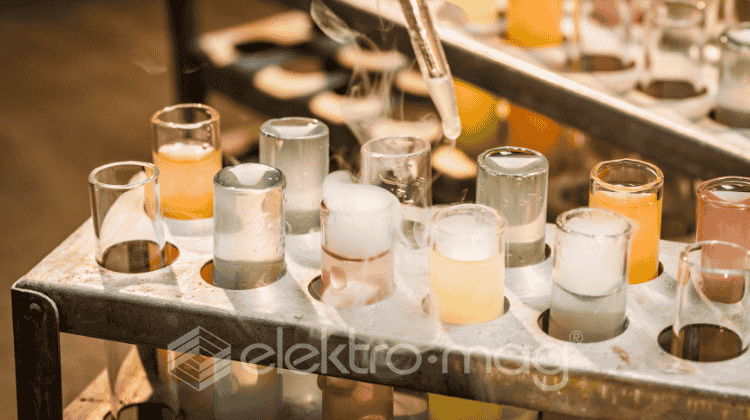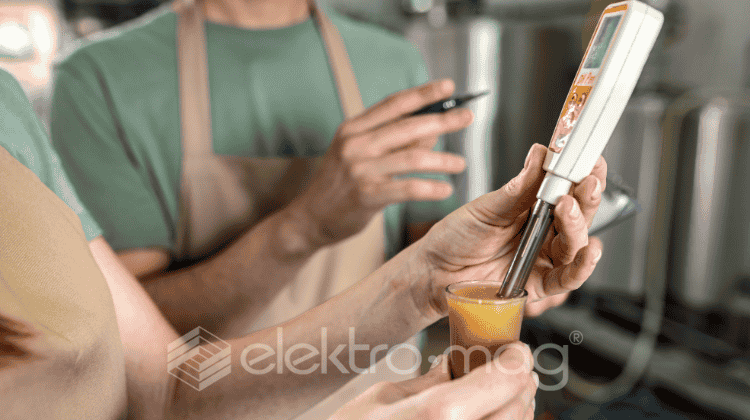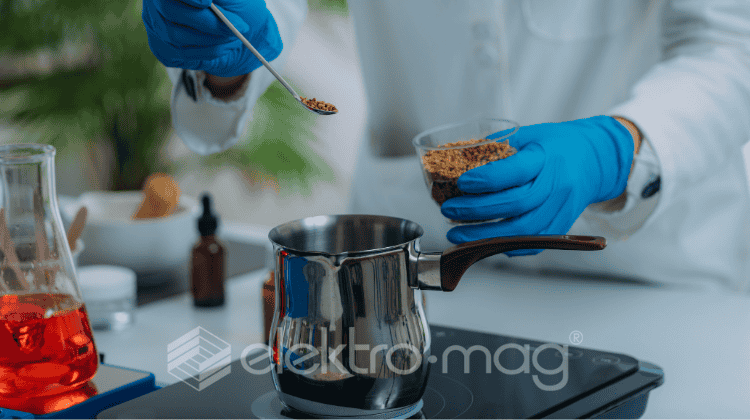
Laboratory hot plates are essential heating tools in scientific research, providing a controlled heat source for various experiments and procedures. Selecting the right hot plate material is crucial for ensuring safety, efficiency, and accuracy in your lab work. This guide explores the three main types of hot plate materials—ceramic, aluminum, and stainless steel—detailing their unique benefits and ideal applications.
Ceramic Hot Plates: Optimal for Chemical Resistance and Durability
Ceramic hot plates are a popular choice in laboratories handling corrosive substances. Known for their high chemical resistance and durability, ceramic plates are non-porous, making them resistant to acids, bases, and other aggressive chemicals. This non-reactive surface is ideal for applications involving harsh chemicals, ensuring longevity and reducing the risk of contamination.
- Key Benefits:
- Exceptional resistance to corrosive chemicals.
- Long-lasting, non-porous surface that’s easy to clean.
- Uniform heating across the plate, which is essential for maintaining consistent temperatures in experiments.
- Ideal For: Labs working with acids, bases, or any corrosive substances where chemical resistance is a priority.
Aluminum Hot Plates: Fast Heating and Portability for General Use
Aluminum hot plates excel in speed and portability, heating up quickly and providing even heat distribution. Lightweight and easy to handle, these hot plates are suited to general lab applications where rapid temperature adjustments are needed. Aluminum’s thermal conductivity allows it to respond quickly to temperature changes, saving time in experiments that require frequent heating adjustments.
- Key Benefits:
- Quick and even heating, ideal for dynamic lab environments.
- Lightweight and easy to transport, perfect for portable setups or fieldwork.
- Cost-effective, making it suitable for labs on a budget or those requiring multiple units.
- Ideal For: General laboratory tasks, fieldwork, and experiments that require fast temperature changes.
Stainless Steel Hot Plates: Precision and Stability for Sensitive Experiments
For applications requiring precise temperature control and stability, stainless steel hot plates are the go-to choice. These hot plates provide consistent and reliable heating and offer excellent corrosion resistance, though not as high as ceramic. The robust construction of stainless steel hot plates makes them suitable for repetitive and long-term use in demanding environments.
- Key Benefits:
- Precise temperature control, perfect for sensitive or long-duration experiments.
- Stable heating for processes requiring constant temperatures, such as chemical reactions and cell culture.
- High durability, suitable for labs that perform rigorous daily procedures.
- Ideal For: Analytical chemistry, biology, and any research that requires steady, accurate heating.
Key Factors to Consider When Choosing a Laboratory Hot Plate
Choosing the right hot plate material depends on your laboratory’s specific needs. Here are some essential factors to consider:
- Material Compatibility: Ensure the material suits your lab’s typical chemicals and processes. Ceramic is best for highly corrosive chemicals, aluminum for flexibility and speed, and stainless steel for accuracy and stability.
- Heating Uniformity: Consistent heat distribution is vital for accurate results. Ceramic and aluminum generally offer excellent heat distribution, while stainless steel is designed for precision and stability.
- Temperature Range and Control: Match the hot plate’s temperature capabilities with the requirements of your experiments. Some hot plates feature precise temperature settings and controls, which are beneficial for experiments with strict temperature requirements.
- Safety Features: Look for built-in safety features like automatic shut-off, over-temperature protection, and timers to protect both your samples and laboratory personnel.
- Maintenance and Cleaning: Consider the ease of cleaning the hot plate material. Ceramic and stainless steel typically offer easy-to-clean surfaces, while aluminum may require extra care to prevent scratches.
Right Laboratory Hot Plate
By understanding the unique advantages of ceramic, aluminum, and stainless steel hot plates, you can make an informed choice that enhances the accuracy, efficiency, and safety of your laboratory work. Choosing the right material ensures the longevity of your equipment and maintains the integrity of your research. Whether you prioritize chemical resistance, heating speed, or precision, there’s a hot plate designed to meet your lab’s needs.
Selecting the most suitable laboratory hot plate is a small but critical step towards achieving reliable and reproducible results in your scientific experiments.

